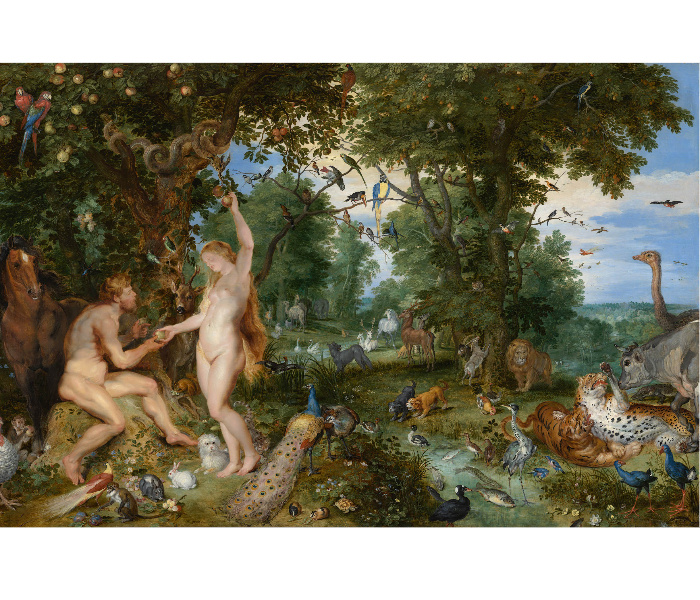- Instructor
- Steven Wagschal
- Location
- PY 115
- Days and Times
- W 3:55P-6:25P
- Course Description
Prerequisite: Graduate students only
VT: Early Modern Attitudes Toward Animals and the EnvironmentAs the Spanish spearheaded imperial expansion in the Americas, they left in their wake an increasingly decimated environment, one that did not go unnoticed by careful observers. Describing the scene of ships unloading their cargo near Seville’s Torre de Oro, historian Gonzalo Argote de Molina, writing in the 1550s, estimated that some 200,000 cowhides were being brought back to Spain each year. These hides came from the mostly feral progeny of the cows and bulls that had originally been introduced along with other European farm animals to America by the Spaniards. Argote de Molina noted that the demand for leather in Europe was much greater than that for meat in the Americas, such that, the bovine flesh was usually left rotting all over the countryside. A few decades later, Jesuit missionary José de Acosta provided an account of what happened to all of this excess waste: it had already led to an ecological disaster around Santo Domingo, causing infection and leading to a situation in which growing packs of feral dogs roamed like wolves. Sadly and presciently, royal chronicler Gonzalo Fernández de Oviedo—like an early modern Cassandra—had already written about this type of ecological waste decades before Argote de Molina. Indeed, Oviedo had noted that the Spanish should have known better because of earlier, similar missteps with their careless introduction of species in the Canary Islands. Today, in the thick of the Anthropocene, it still seems that interest in profits from commodities outweighs concern for non-human animals and their intertwined environments.
The case above is just one example. Early modern humans interacted with animals and impacted the environment in many ways. This course will look at historical and literary texts to analyze the complexities of early modern attitudes toward animals and their interrelated environments, in the theoretical contexts of Animal Studies and Environmental Studies, while also examining current trends and debates in Spain and Latin America on these issues in the twenty-first century.
HISP-S 628 #29541 3:55P-6:25P W PY 115 Prof. Steven Wagschal
(Course combined with REN-R 502)
Early Modern Spanish Studies

 The College of Arts
The College of Arts